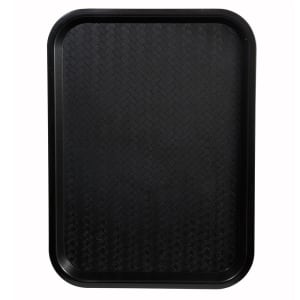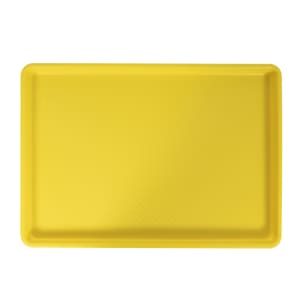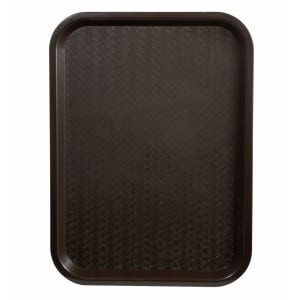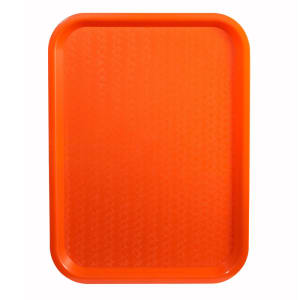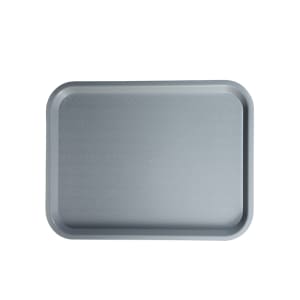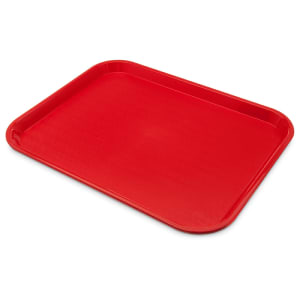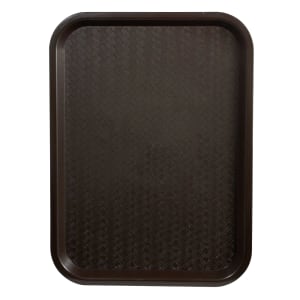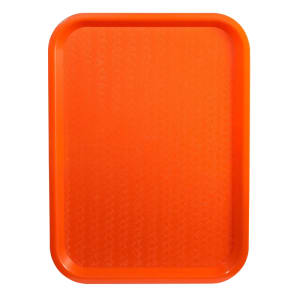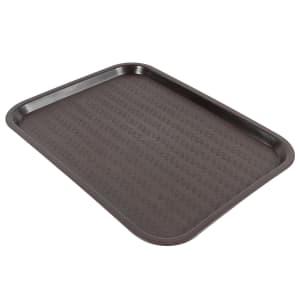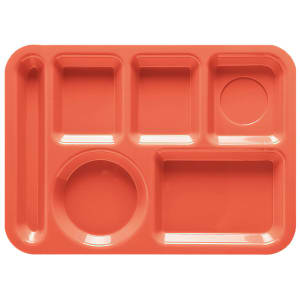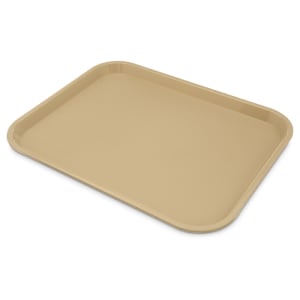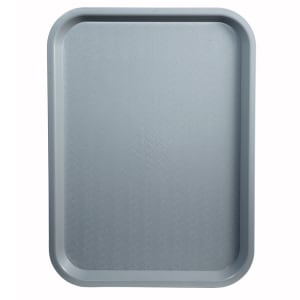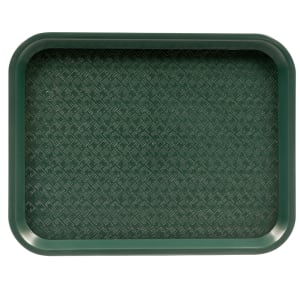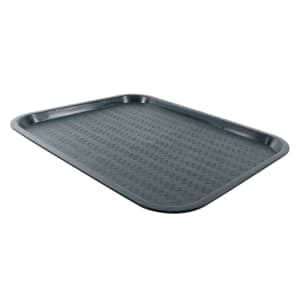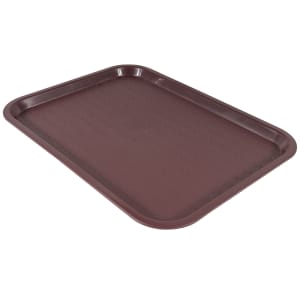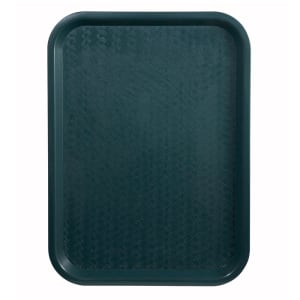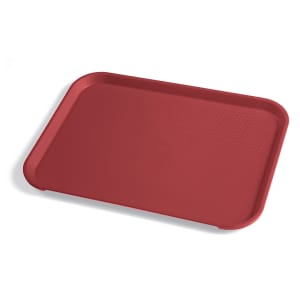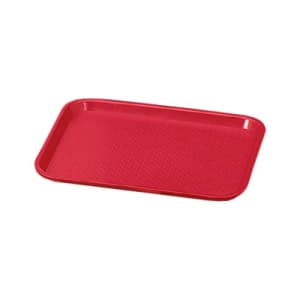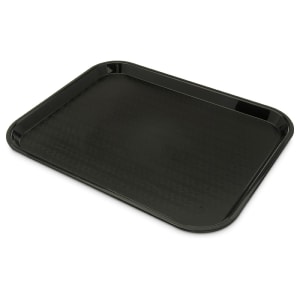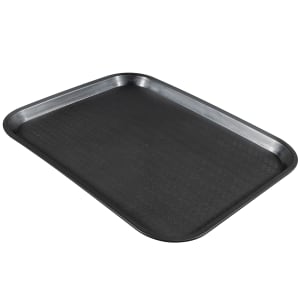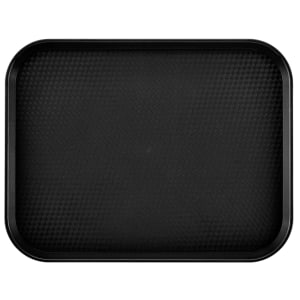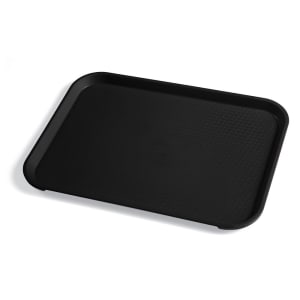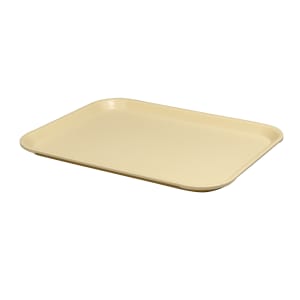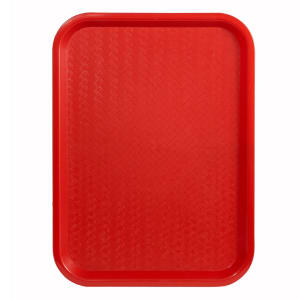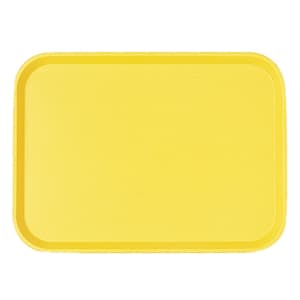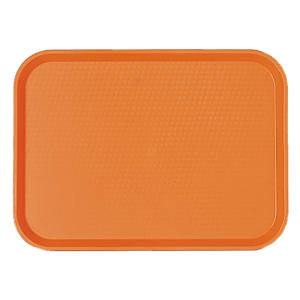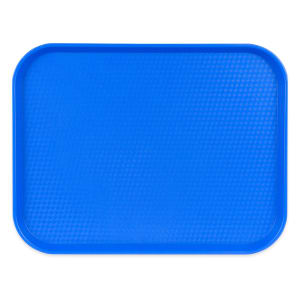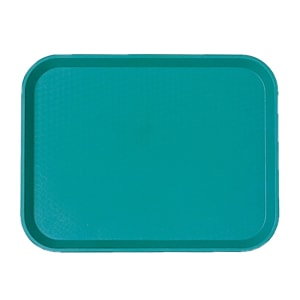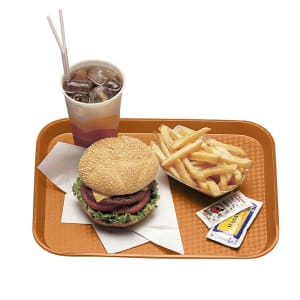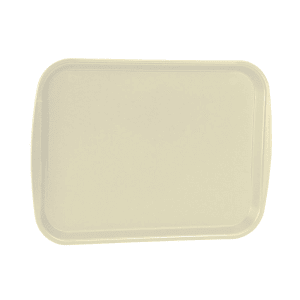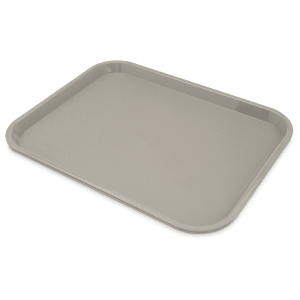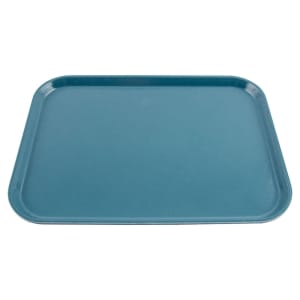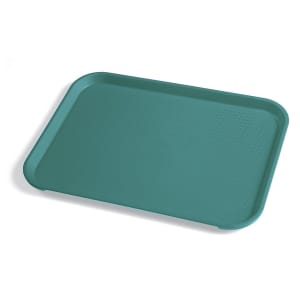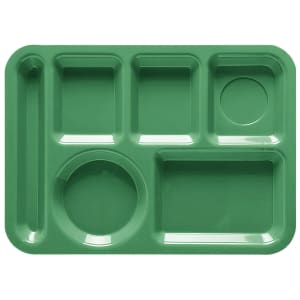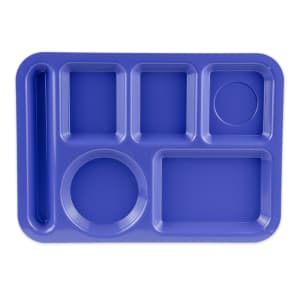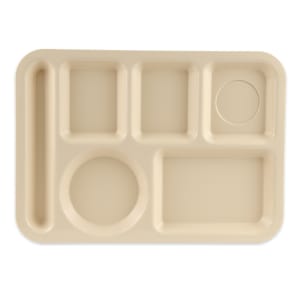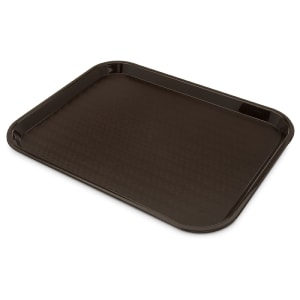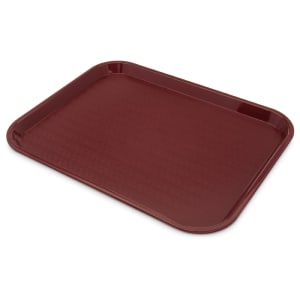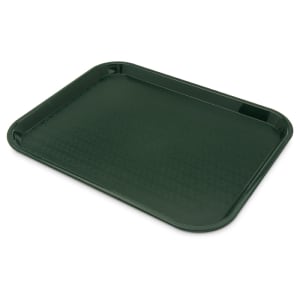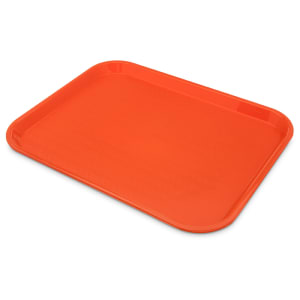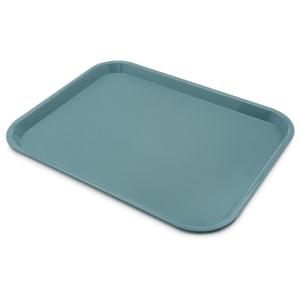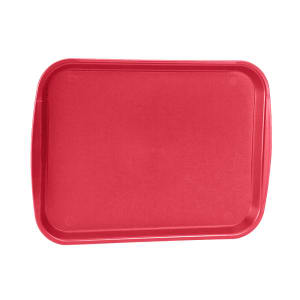Plastic Trays & Serving Trays
Whether you're looking for a strong, lightweight material or something with a nonslip texture that will hide scuffs and reduce spills, plastic lunch trays are the optimal choice. You'll find the best plastic cafeteria trays for your dining service here, and we'll help you select a plastic tray that will dry quickly and stack easily for maximized storage space. More
Common Questions About Plastic Trays
How will plastic trays benefit my customers?
Plastic trays better the foodservice experience for customers by making the self-serving process safer, simpler, and more sanitary. When it comes to carrying foods and beverages from serving areas to tables, customers can rely on plastic lunch trays to safely transport plates, glasses, and more. Many plastic cafeteria trays are constructed with a nonskid surface, which will grip the base of plates, bowls, glasses, and other smallware to help prevent them from tipping or sliding during transport.
Plastic trays are quieter than other alternatives. They help ensure your foodservice ambience is not disturbed by the sound of trays coming into contact with table surfaces, and they are designed to prevent spilt drinks and dropped servingware, which would only create more mess and noise. Since plastic lunch trays help stop items from dropping, they also reduce the incurred costs of having to replace damaged dinnerware. Plastic cafeteria trays are designed with the hectic nature of dining establishments in mind and are constructed for lasting use, factoring in the possibility of the trays themselves being dropped.
Additionally, plastic trays are customizable. They come in a variety of colors, and operators can choose the set of plastic lunch trays that will best complement their aesthetic intentions. Whether you're serving employees, customers, or students, a consistent color scheme elevates the entire dining experience. The attention to detail enables establishments to add a final touch of hospitality to the serving process.
Are plastic lunch trays difficult to clean?
Plastic lunch trays are made of a heavy-duty material that is resistant to breaking, and the sides of some trays are coated in order to preserve their clean appearance. This means they can be cleaned in dishmachines and will retain a sanitary look between cleanings. Plastic cafeteria trays are designed to combat stains, as well as potential odor transfer from one food product to another.
How do plastic cafeteria trays differ from Styrofoam trays?
In the long run, plastic trays are more economical than Styrofoam trays due to their cost. While establishments may be tempted to invest in a bundle of Styrofoam trays because of their lower upfront cost, they should not do so if they want to be environmentally conscious while saving money. Items are more difficult to balance on Styrofoam trays because they are not as sturdy as plastic lunch trays, which are designed for durability. The capital a dining service saves with plastic cafeteria trays outweighs their higher maintenance needs.
When should I choose plastic lunch trays over metal trays?
Plastic cafeteria trays are ergonomically designed with built-in handles that make them more comfortable for operators to pick up and use than their metal alternatives. Metal trays are often heavier and are even harder to handle when hot. Because plastic trays can be stacked and stored, their transportation saves employees and customers time and resources, enhancing the overall serving process. Metal trays are prone to rusting, and this results in a shorter life. Plastic lunch trays, conversely, will not corrode like metal alternatives.
Metal trays cost more to manufacture, and these costs are then passed down to customers. Plastic cafeteria trays are the economical alternative, and they also lack the sharp edges and corners metal trays have – components that can inflict cuts or catch on clothes.
Plastic trays do not absorb sunlight as quickly or easily as metal trays do, and this means they are less likely to burn the user's skin or be hot to the touch when used outdoors. They are the safer option overall.

